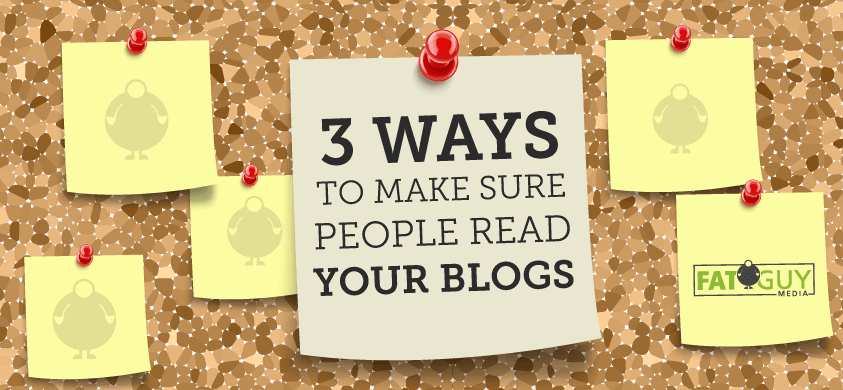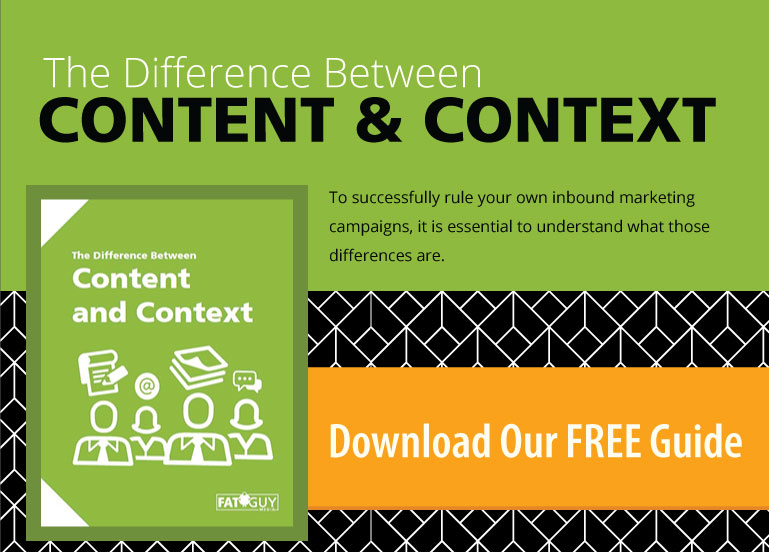It’s not what you say that’s most important, it’s how you say it.
Last night, my sister was explaining this “great idea” she had for my birthday party to her boyfriend. After about a minute, he cut her off and said, “If it takes you this long to explain it, it’s probably not that great.” She got mad, of course, but he laughed and said, “It’s just like the jokes you tell—if you have to explain them, they’re probably not funny. Say it quickly or don’t say it at all.” In a world where we interact in clips and phrases of 140 characters or fewer, that rings true. You’ve heard everything you need to know about blogging to build an online audience for your brand a million times by now; sound like a human, stay true to your brand message, connect with your customers, don’t act spammy, the list goes on and on. Humanizing your brand, and giving your audience someone to connect with, rather than something, certainly goes a long way in promoting your blog, but is that enough? If you want people to listen to what you have to say, it better sound appealing. Think about viral videos—have you ever clicked a link on Facebook, and after about a minute of the video you’re watching, you’ve thought, “Wow…this…actually…isn’t very good at all”? What made you click that link in the first place? You clicked it because it said something that made you think, “I’ve got to see that.” That’s not to say that you should pump out crap content that doesn’t offer any value to anyone—that’s a terrible idea. But what I am saying is that your headline needs to communicate just how valuable your content really is when promoting your blog, or else no one will ever get to it. Sites like Buzzfeed, Upworthy, and every other content aggregate site have built their online empires by crafting effective headlines, so what’s the secret?
The Secret to Effectively Promoting Your Blog
Speak to Your Audience’s Emotions. In order to get people to engage with your brand, you need to captivate them. What better way to do that than to tug on their heartstrings? If you’re marketing to moms, pictures of kids doing funny/adorable things will seal the deal for you. If you’re marketing to female 20somethings, post some gifs of cats or women drinking wine, and they’re sold. What you share needs to be relatable to the people with whom you’re sharing it, and that means it needs to make them feel something. Make Their Lives Easier/Better. Nobody believes a headline that says, “Lose 10 Pounds by Tomorrow!” but I bet if you tracked the metrics, plenty of people click them anyway. The internet is the one place people can go to ask any question they have, and they expect to find the answers immediately. Everyone wants to know how to save time doing tedious things, how to make difficult things easier, how to be happier, and how to make their lives better in general. It’s our instinct to be drawn to those “How-To-” headlines. When you offer tips or tricks to enrich someone’s life in any way, you’ll pique their interest because they’ll want to know your secret. Ask Provocative Questions. I know I said you’re supposed to be providing answers, not asking questions, but sometimes your audience needs a push. Sometimes you need to posit the question that they didn’t even know they wanted to ask, making them want to know the answer. While you’re scrolling through Facebook and you read, “Do You Make These 5 Common Workout Mistakes?” You might think to yourself, “Maybe I do…” Once the seed has been planted, you’ll want to know more—what are those mistakes? Am I really making them? Now you’re searching for answers to a question you didn’t even mean to ask. If something looks like it’s going to: make me laugh, make me cry, teach me something new, or improve my life somehow, there’s a much greater likelihood that I’m going to click to read more. Statistics say that 8/10 people will read your headline, but only 2/10 will actually click through. Up your odds when promoting your blog by making sure that headline screams, “You want to see where this will take you!”


